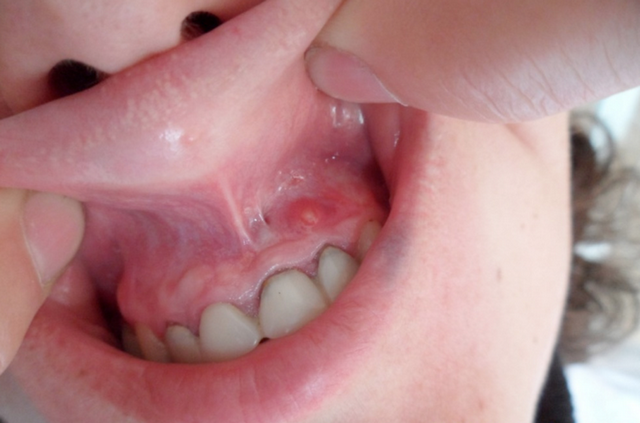Tooth extraction is a huge stress for many people. This procedure really cannot be called pleasant. But are such fears justified, is it painful for modern dentists to remove teeth, and what does a patient who goes to see a doctor for tooth extraction need to know?
The process of removing a tooth is called extraction. This is a process that involves removing a diseased tooth from the alveolus, the action is carried out under anesthesia. The patient himself cannot decide whether a dental unit needs to be removed or whether it is still amenable to therapy. In some cases, even a sufficiently damaged tooth can be restored to a state where there is still a chance of a crown replacement. Therefore, at an appointment with a dentist-therapist, as well as after undergoing X-ray diagnostics, the patient will be told whether the tooth needs to be removed.
In what cases is tooth extraction indicated?
Let us note once again: the diagnosis is made by a doctor, the need for tooth extraction is considered individually, taking into account all factors. It is worth saying that, albeit infrequently, it happens that one doctor categorically said to remove a tooth, while another insists on treatment and restoration. It is the patient’s full right to undergo consultation with different specialists.
Indications for tooth extraction:

Also, tooth extraction can be a consequence of advanced inflammation of the paranasal sinuses or sinusitis.
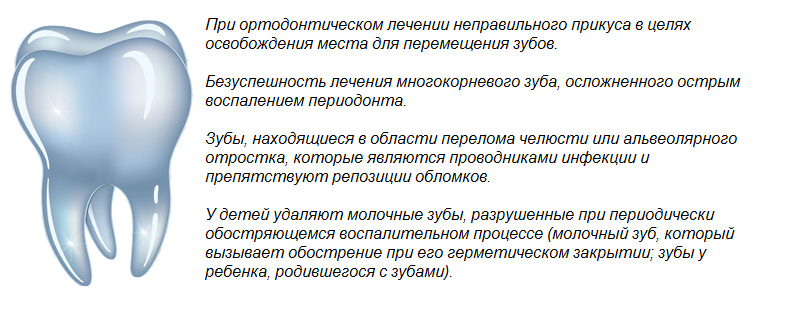
This list is incomplete; there are other situations, the combination of factors of which forces the doctor to decide to remove a patient’s tooth. It is important to take into account those contraindications that do not allow removal at a certain point.
Contraindications to tooth extraction
Of course, exacerbation of any chronic disease is a direct contraindication to any serious interventions. Cardiovascular diseases are a reason to carefully assess your condition and avoid stress during exacerbations.
You should also not remove teeth if:
- ARVI, sore throat, flu;
- Neurological lesions;
- The presence of neoplasms of a pathological type;
- General exhaustion of the patient’s body;
- Alcohol intoxication;
- Inflammatory diseases of the oral cavity - stomatitis, gingivitis.
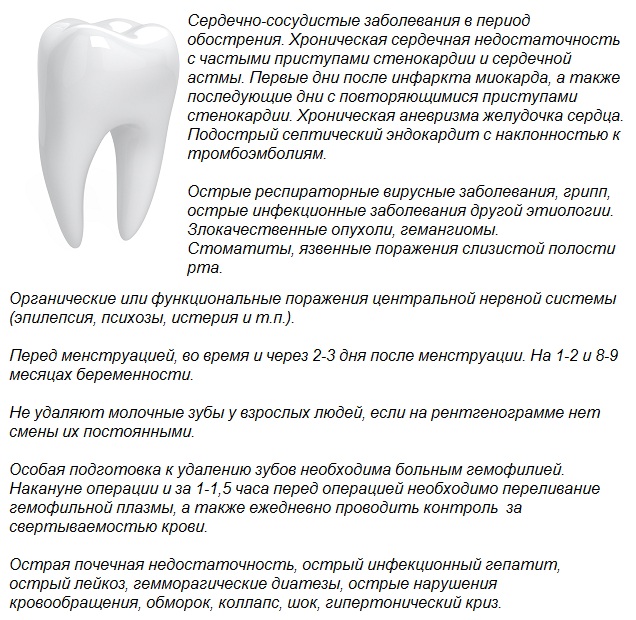
It is strongly not recommended to remove teeth in the first and last months of pregnancy. The doctor always asks the patient how he feels and if there are any complaints. For some time after removal, he may be asked to sit in the corridor, without rushing home. There are situations when the doctor needs to make sure that a person feels normal.
Tooth extraction process
Almost always, tooth extraction takes place under anesthesia. Modern anesthesia makes the removal process minimally uncomfortable. The patient feels what is happening in the mouth, but the doctor’s manipulations do not bring him pain.

Before removal, the dentist uses special anesthetics to numb the area where the affected tooth is located. So that the patient does not experience pain even from the insertion of a needle with an anesthetic, the injection site is lubricated with a special gel. Then the doctor waits for some time - the anesthetic needs to take effect. The patient will feel how part of the gums gradually becomes numb.
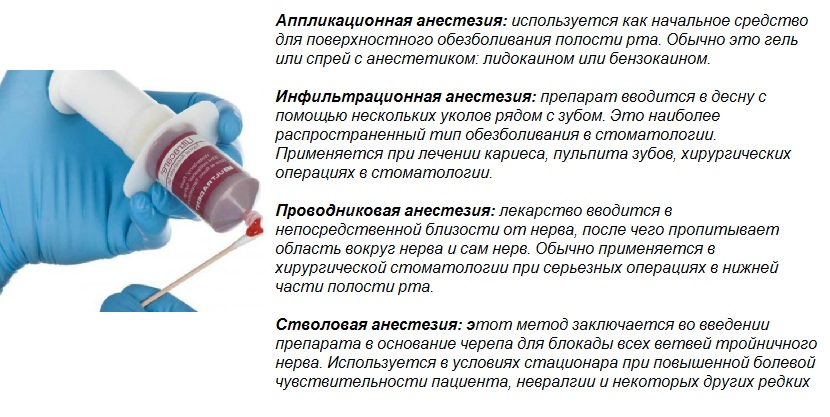
Some people are sensitive to the anesthesia - they feel slightly weak and perhaps a little dizzy. If these sensations frighten the patient, you need to report them to the doctor. Of course, if there is anesthesia for certain medications, the person must notify the dental surgeon before starting all extraction procedures.
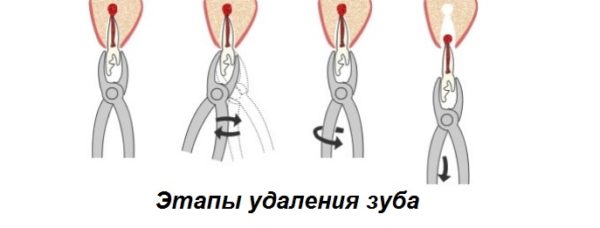
Tooth removal algorithm:
- first, the doctor expands the tooth socket, because initially the bone tissue is quite compressed;
- the expansion of the hole occurs due to the loosening of the tooth with special pressure;
- after this loosening, the tooth is torn away from the ligaments that hold the tooth in the socket;
- when everything is done, the tooth is easily removed from its socket;
- but if the tooth is very firmly fixed in its place or its roots are quite complex in structure, the doctor can remove the tooth in parts;
- after removing a dental unit, blood may well bleed from the hole-wound - to stop the bleeding, a gauze swab is placed on the already free hole.
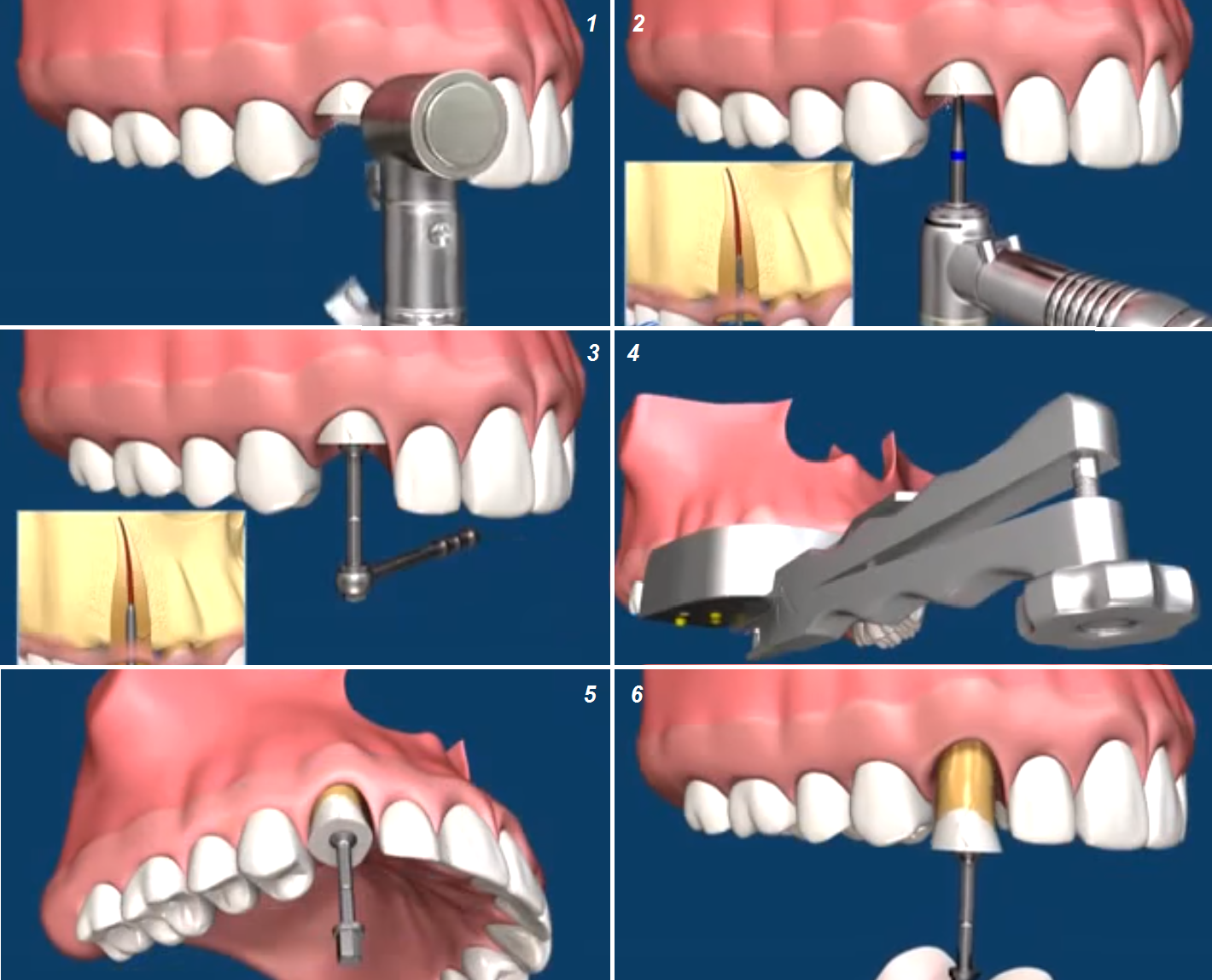
The extraction process is usually painless. Impressionable patients are frightened by the very loosening of the tooth; it begins to seem to them that destruction is beginning in the jaw bone itself. The doctor really acts quickly and with a certain pressure on the jaw, but there is no need to worry - the discomfort will last just a couple of minutes.
Complex cases of tooth extraction
It is quite understandable that some cases of tooth extraction require certain medical actions and other tactics. Conditionally complex cases of extraction include the removal of the so-called wisdom tooth, as well as the removal of the tooth root. In a situation with a wisdom tooth, the difficulty is where the unit is located - it can be deep or under the gum part, this tooth can be surrounded by bone tissue.
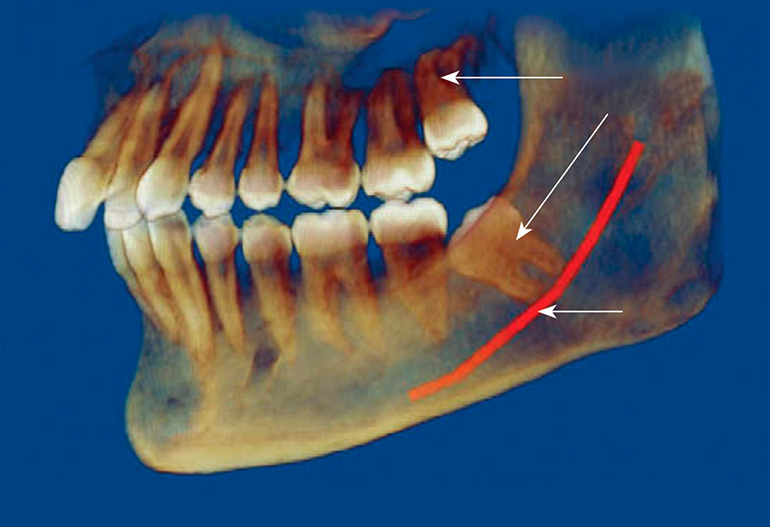
To extract wisdom teeth, an oral surgeon will have to gain access to them. The doctor cuts the gum with a special device and removes the bone tissue that covers the wisdom tooth. Sometimes the tooth itself has to be divided into the required number of parts; this happens under the influence of dental burs. When all parts of the tooth are removed, the doctor will apply sutures to the injured gum area. For this purpose, threads are either dissolving or those that will have to be removed after some time.
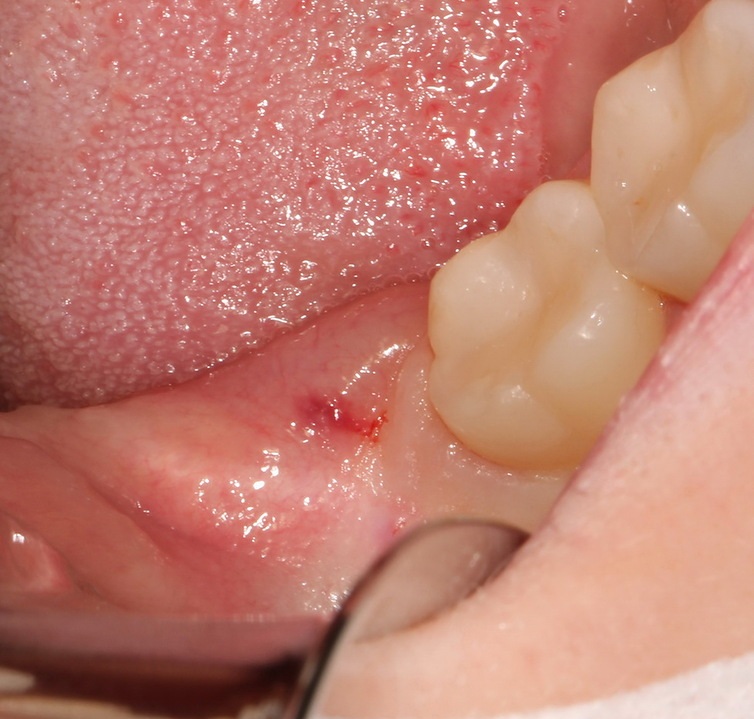
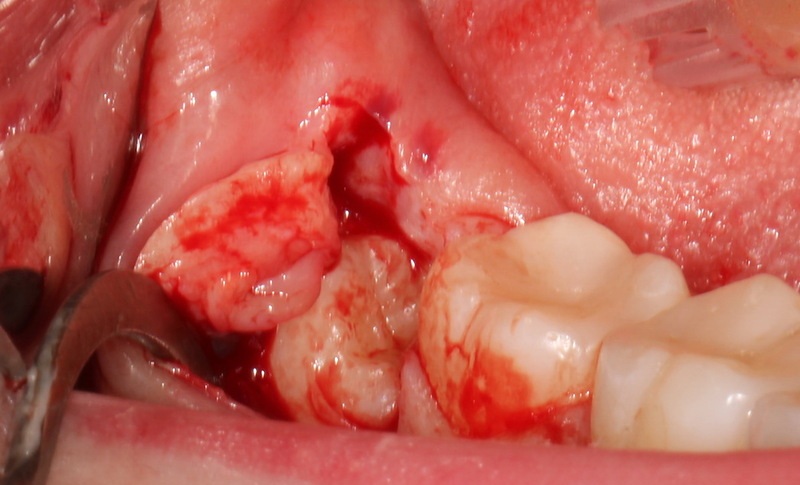
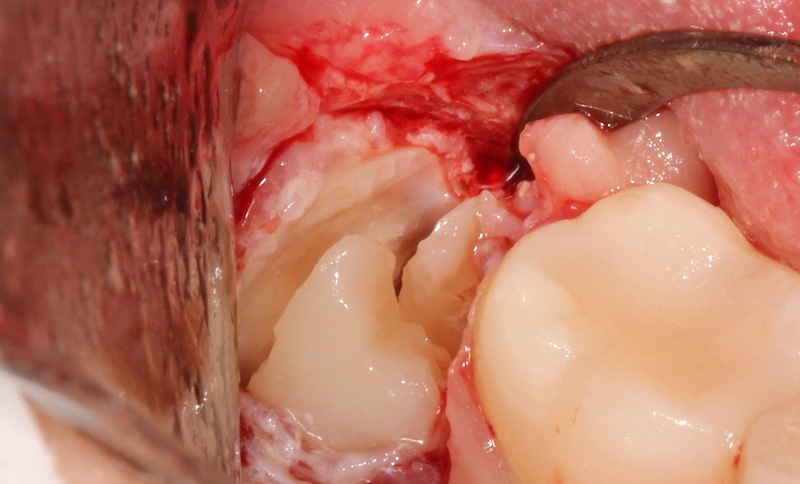
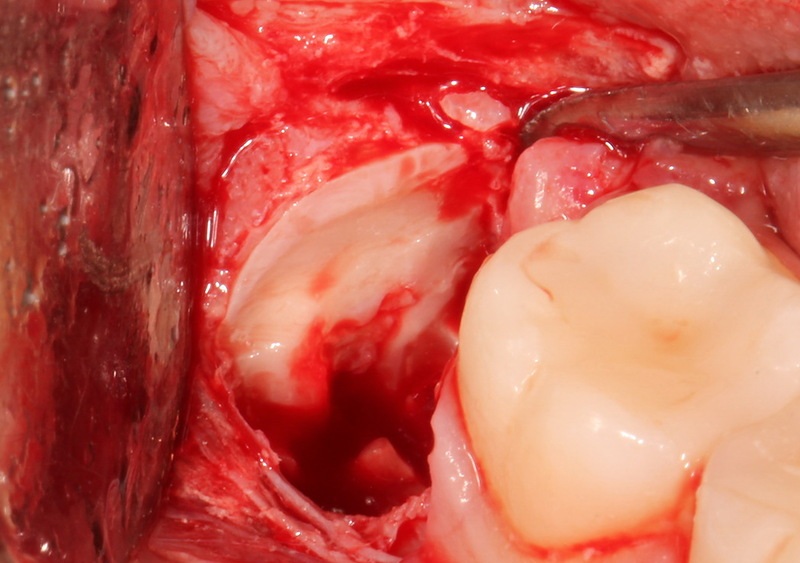
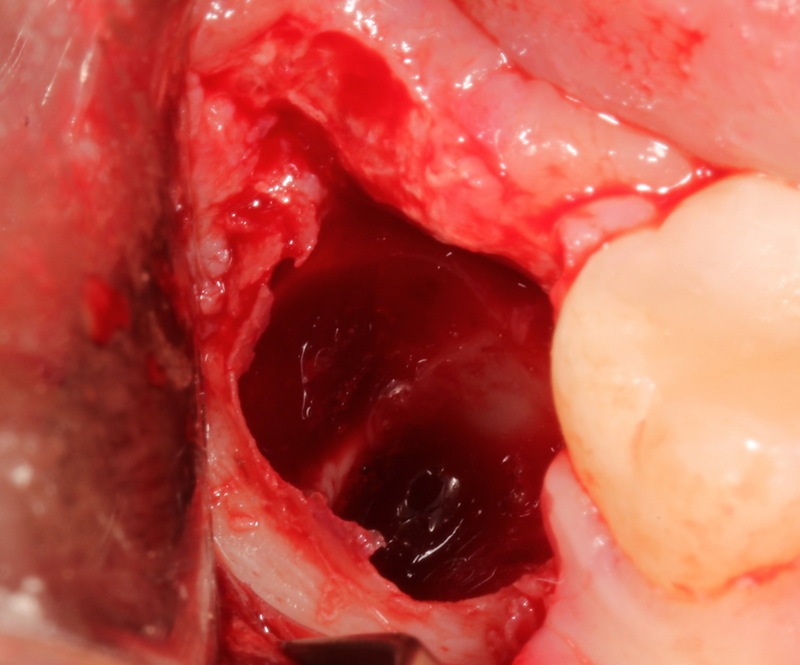
Another difficult case– removal of the root of a dental unit. This is done with comfortable tongs with so-called cheeks.
How to remove a tooth root:
- the dental surgeon will separate the desired area of the gum and those circular ligaments that completely surround the root;
- with the instrument, the doctor will move the area of action under the gum in order to capture the tooth root itself, rising above its socket;
- if the bone around the root itself has resolved due to pathological transformations, the cheeks penetrate under the root and then firmly grasp it;
- when the root is located below the area of the alveolar edge, then the forceps cannot move between the walls of the socket - then the periosteum and the mucous membrane will also peel off from the edges of the socket.
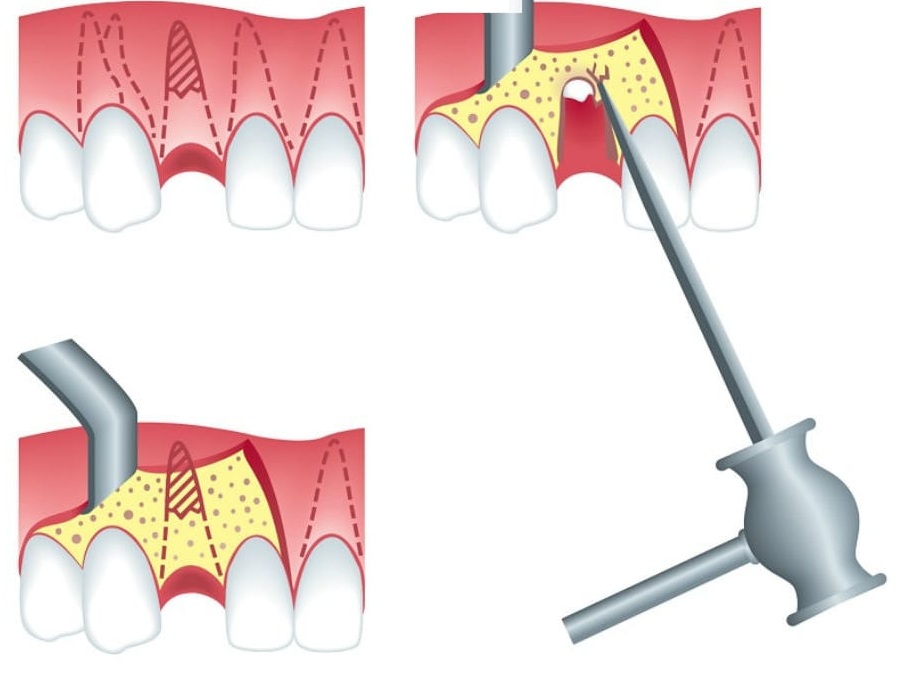
Sometimes, before extracting a tooth or its root, the doctor prescribes the patient a procedure for removing dental plaque. In particular, this can be the removal of deposits only from the teeth adjacent to the one being removed.
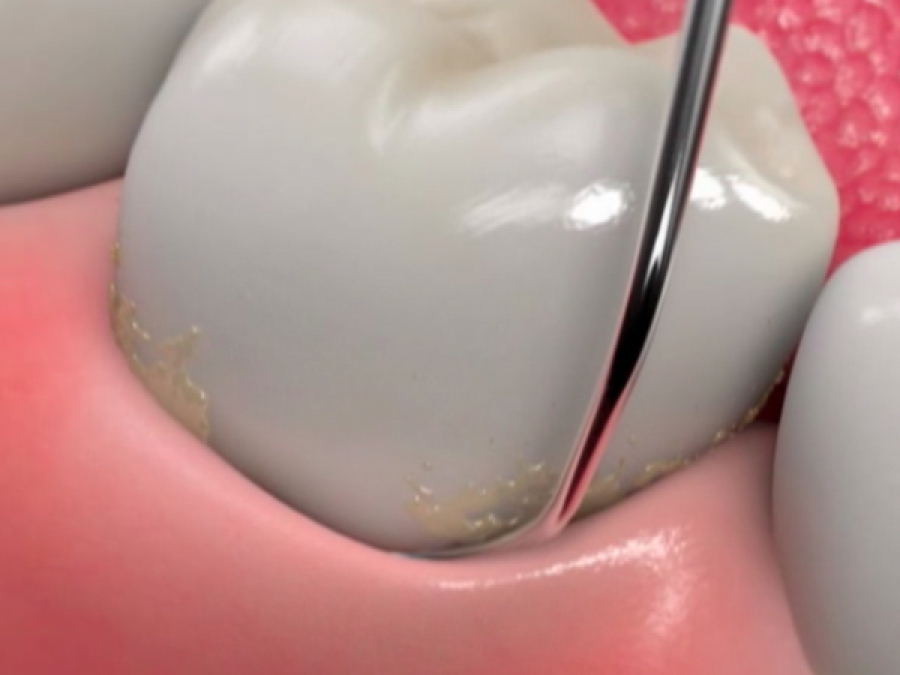
The patient will need (if the doctor instructs) to rinse his mouth with Chlorhexidine to kill pathogenic microbes, which could theoretically cause infection of the wound.
Does the tooth hurt after extraction?
Tooth extraction is a minor surgical operation, therefore, some complications may arise after it. Among them are inflammation of the gums, gumboil, alveolitis, bleeding, paresthesia (that is, sensitivity disorder). In a healthy situation, slight swelling of the gums can last no more than three days. To quickly cope with swelling, you need to apply a cold compress to the gum four times a day for about 10 minutes.

| Normal consequences of removal | Complications after removal | How to behave after tooth extraction |
|---|---|---|
| Minor swelling lasts no more than three days. | Pronounced swelling. | You cannot eat food for two to two and a half hours. |
| Slight heaving at the site of removal (can be removed with Nimesil). | Pain in the wound area that does not go away for several days. | Apply cold compresses for 10-15 minutes, 4 times a day. |
| Rapid formation of a protracted wound. | Increased body temperature. | You should not visit places with temperature changes. |
| No bleeding. | Development of bleeding. | Postpone other visits to the dentist for a week and wait for the wound to heal. |
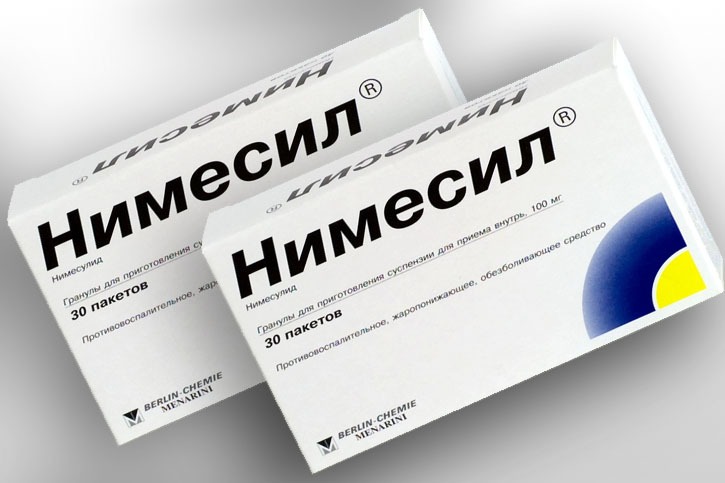
When the anesthesia has stopped working, the feeling of numbness in the gums has disappeared, you can start eating normally. But on the first day after removal, give preference to soft foods - soups, cereals and yoghurts. Give up for a while spicy dishes, carbonated drinks, hot and cold food.
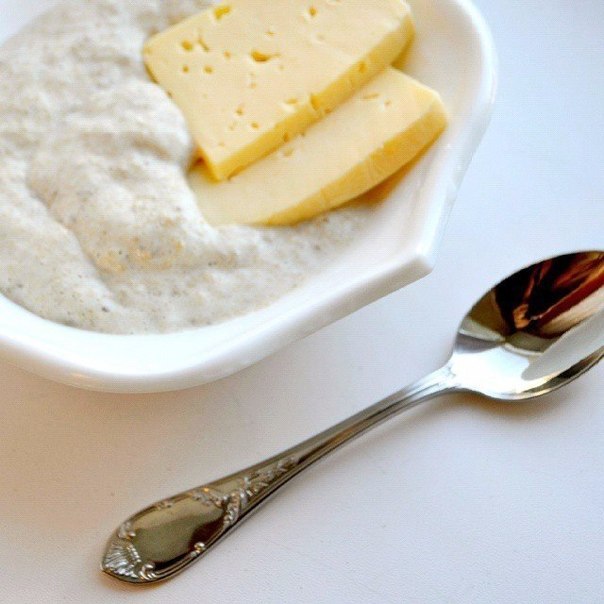
If you experience pain, bleeding from the socket, or deterioration in health, you should immediately consult a doctor. A visit to a dental surgeon is not as scary as people imagine it to be, but the patient must be prepared. Ask the doctor questions if you don’t understand something, comment on your feelings after anesthesia, remember all the doctor’s recommendations regarding the recovery period.
Video - Wisdom tooth removal
Tooth extraction
- the procedure in our time is not as widespread as it used to be, when there was no modern equipment and the latest means of treatment and prosthetics. However, tooth extraction is still indicated in some cases. Patients who are indicated for tooth extraction ask: does it hurt?
Of course, this is a very painful procedure, but modern dental clinics have long practiced the removal procedure with normal effective anesthesia. Moreover, today teeth are removed only in extreme cases - either when there is no other way to restore the vitality of the tooth, or when the tooth damages the tongue and cheek.
Indications for removal may also include complete tooth destruction, incorrect positioning, supernumerary teeth, sinusitis or a cyst. There are also contraindications for removal - acute cardiovascular disease, acute respiratory viral infections, mental illness also in acute form, malignant tumors.
Is it painful to remove a tooth and what anesthesia should I use for tooth extraction?
The tooth extraction procedure will be completely painless if carried out under anesthesia. You can choose not simple anesthesia, but local anesthesia to eliminate any painful sensation. Both methods of anesthesia have no contraindications. The difference is that during anesthesia the analgesic effect extends only to a certain area of the jaw, while during anesthesia the patient is in a state of half-asleep. In both cases there is no pain, so you should not be afraid of pain during tooth extraction with accompanying anesthesia.
How to behave after tooth extraction?
The period of time after tooth extraction is extremely important: in the place where the tooth was removed, a blood clot should form, which will protect the hole from foreign infection entering it. Therefore, it is necessary to ensure that the blood clot does not move from its place and is not damaged. To do this, you will have to watch what you eat and drink - do not drink or eat drinks and foods that are too hot or too cold, do not rinse your mouth or spit.
Sometimes after tooth extraction it occurs. It appears in case of improper care of the location of the former tooth. To avoid inflammation, carefully monitor the tooth socket and follow all recommendations:
- avoid strong physical activity, especially in the jaw area;
- refrain from eating for several hours after the removal procedure - sometimes this takes a whole day;
- At first, eat only soft and warm foods;
- chew only on the healthy side of the jaw;
- for at least two days after removal, refrain from consuming alcoholic drinks and smoking;
- You can brush your teeth the next day after the procedure, while maintaining complete accuracy;
- Every other day you can rinse your mouth with saline solution.
Probably, for most people, going to the dentist causes fear, and the upcoming tooth extraction leads to panic. Therefore, the visit to the doctor is constantly postponed and the patient eats the pain with pills. So is it painful to remove a tooth?
Surgical extraction is performed under local anesthesia and the person does not feel any pain. Modern drugs allow each patient to choose the most suitable method of pain relief. The most unpleasant thing he will feel is the injection.
Indications for removal
Contraindications

Most contraindications are temporary; after treatment, the tooth can be removed.
Types of anesthesia
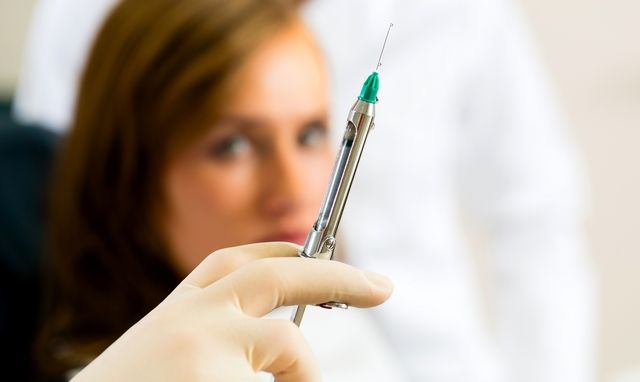
Is it painful to pull out a molar tooth with an anesthetic injection? Can anesthesia not work? Yes, if the patient suffered pain for a very long time, consumed alcohol or narcotic painkillers before visiting the doctor, there is extensive inflammation.
Tooth extraction is accompanied by injury to the gums and surrounding tissues, so pain occurs after the anesthesia wears off. To alleviate the condition, you can take a painkiller tablet: Ketanov, Tempalgin, Nise.
Anesthesia drugs
Modern dentistry uses carpule painkillers. They are in special disposable capsules, carpules, which are inserted into a special metal syringe. A thin disposable needle is screwed on. Advantages of carpule anesthesia:
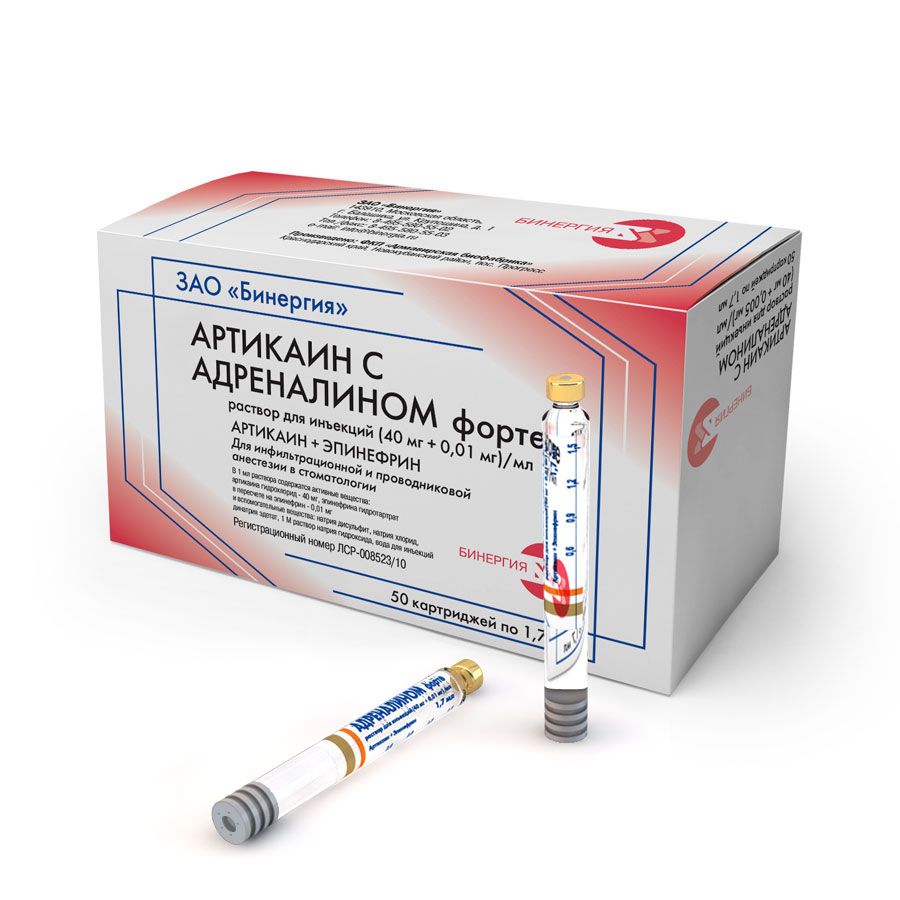
Is it painful to pull out a rotten tooth with anesthesia, what drugs are better? No, it doesn't hurt. The following drugs are used for removal:
- Articaine is an effective local anesthetic. It is used for conduction and infiltration anesthesia for the removal of one or more teeth and dental treatment. Contraindications include: individual intolerance, diseases cardiovascular system, glaucoma, children under 4 years of age. The action of Articaine is enhanced by Adrenaline.
- Scandonest is an anesthetic drug for infiltration, conduction anesthesia. Active ingredient: Mepivacaine. Contraindications: hypersensitivity to the components of the drug, pathology of the liver, kidneys, diabetes mellitus, cardiovascular failure, inflammation at the injection site, pregnancy, children under 15 years of age, elderly people over 65 years of age.
- Septanset is an anesthetic solution with the addition of adrenaline. Used for pain relief during tooth extraction, treatment of pulpitis, root canals. Contraindications: hypersensitivity, heart disease, anemia, glaucoma, bronchial asthma, diabetes, children under 4 years of age.
Surgical removal
After administering local anesthesia, the dentist selects an extraction tool. For each group of teeth there are special forceps that allow you to achieve a tight grip. They are applied to the crown, the cheeks of the forceps move as far into the gum as possible. If the crown  destroyed, the gum is peeled off with a special tool - a raspatory. After gripping, the dentist rocks and rotates the tooth to break the periodontal ligaments that hold it in the alveolar bone. After this, the tooth is removed from the socket and it is inspected for the presence of bone fragments. The wound is compressed with a gauze pad to prevent bleeding and narrowing of the gum edges. If the surface of the wound is too large, it is sutured.
destroyed, the gum is peeled off with a special tool - a raspatory. After gripping, the dentist rocks and rotates the tooth to break the periodontal ligaments that hold it in the alveolar bone. After this, the tooth is removed from the socket and it is inspected for the presence of bone fragments. The wound is compressed with a gauze pad to prevent bleeding and narrowing of the gum edges. If the surface of the wound is too large, it is sutured.
Removing wisdom teeth is more difficult, since very often they occupy an incorrect position and are completely hidden in the bone. The dentist has to cut them piece by piece with a drill and remove the pieces with a special tool. A large wound remains, which is sutured. This operation can last from 20 minutes to 2 hours. Swelling and pain may persist for another 7–14 days, and the temperature may rise in the evening. After the procedure, antibiotics are prescribed.
Possible complications
